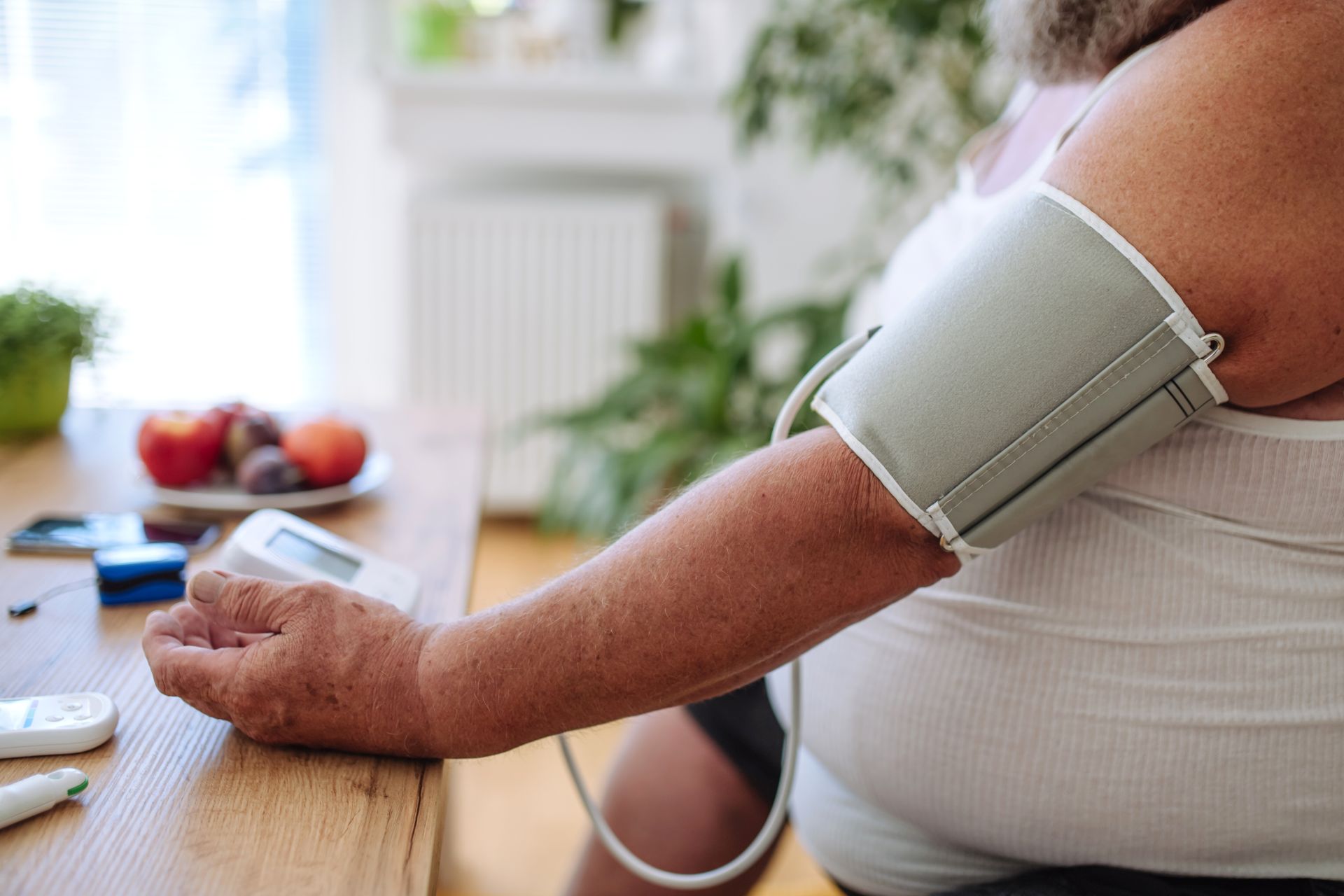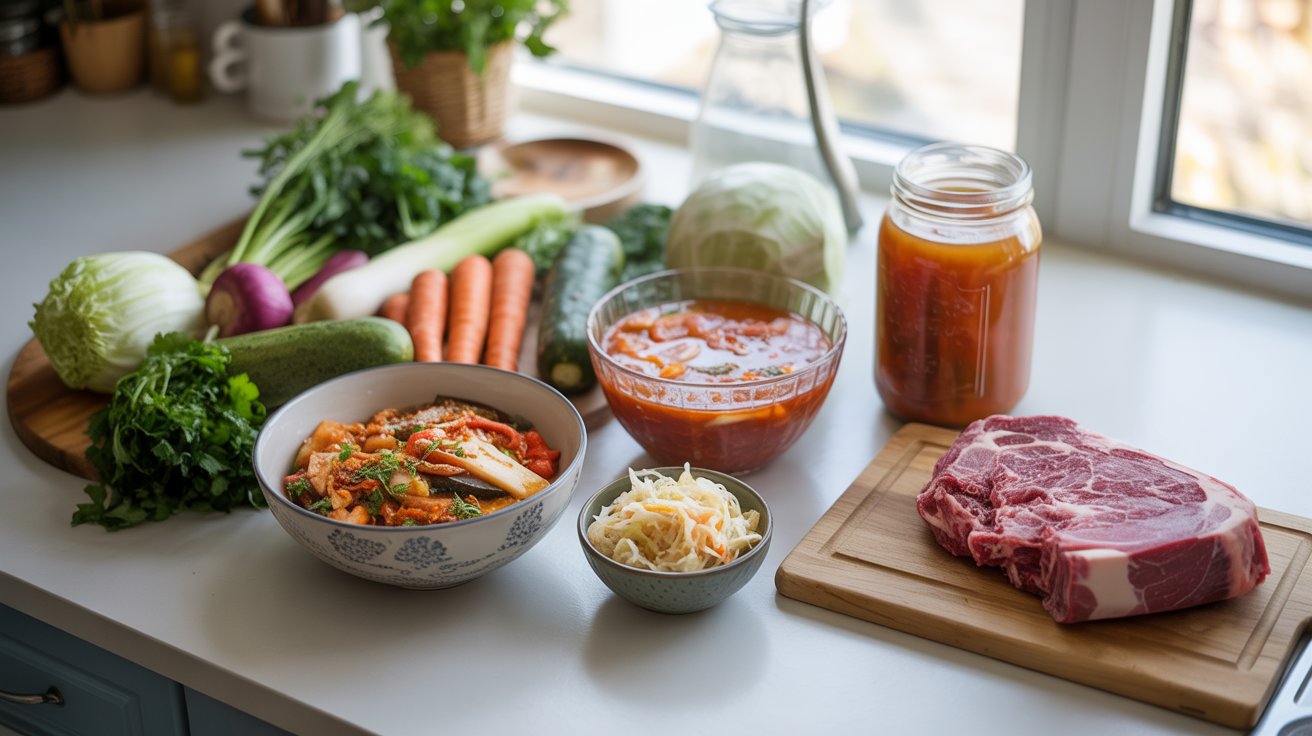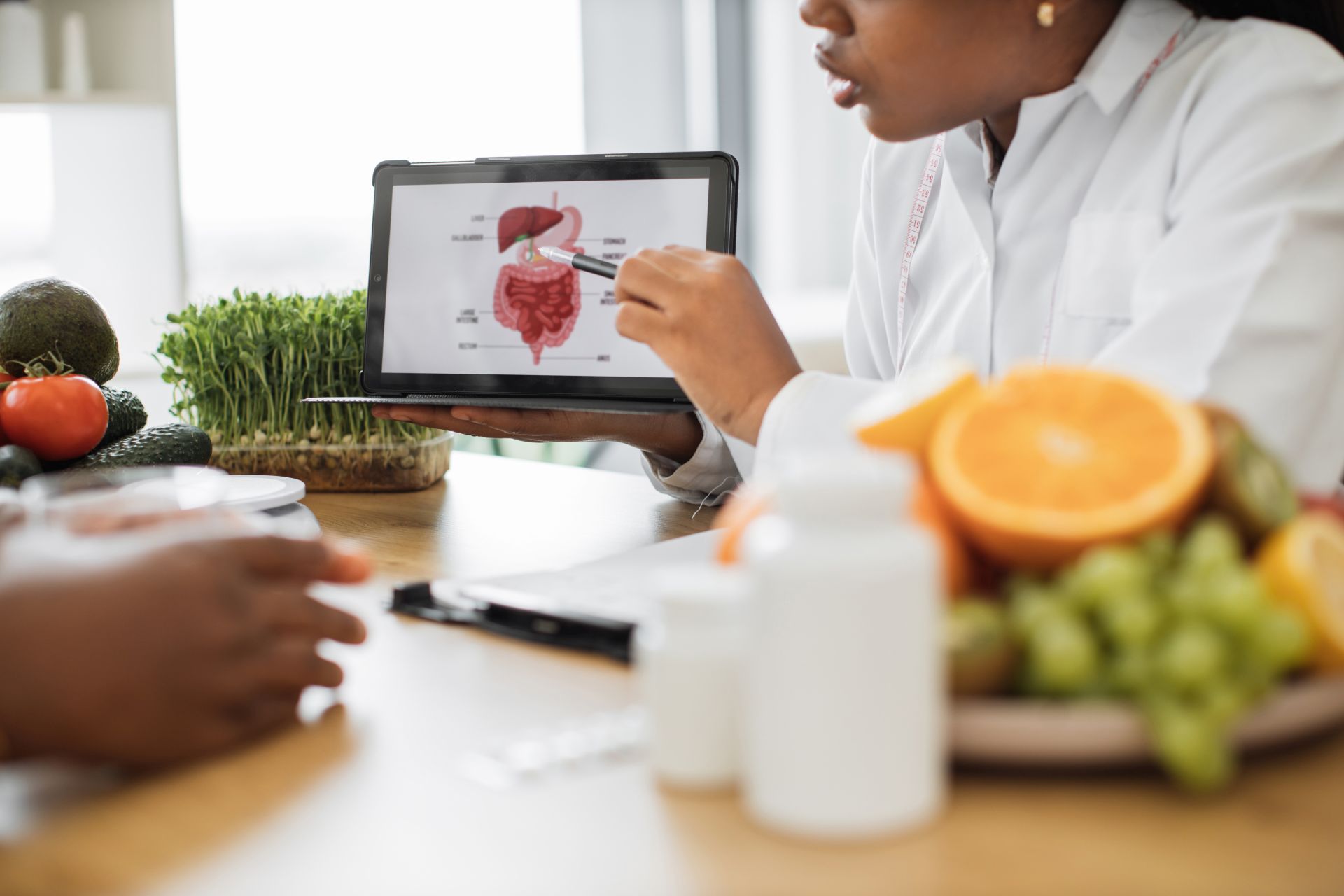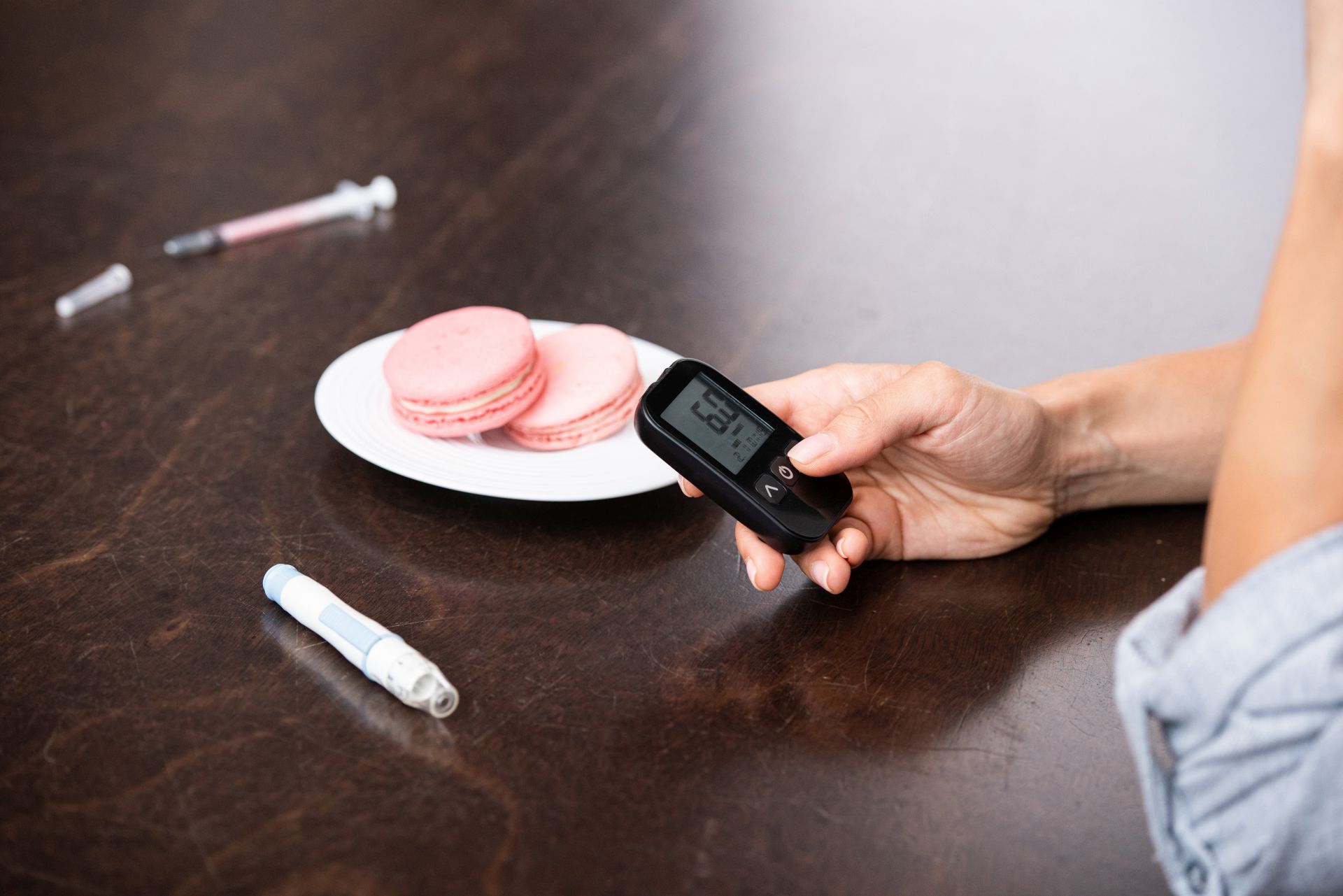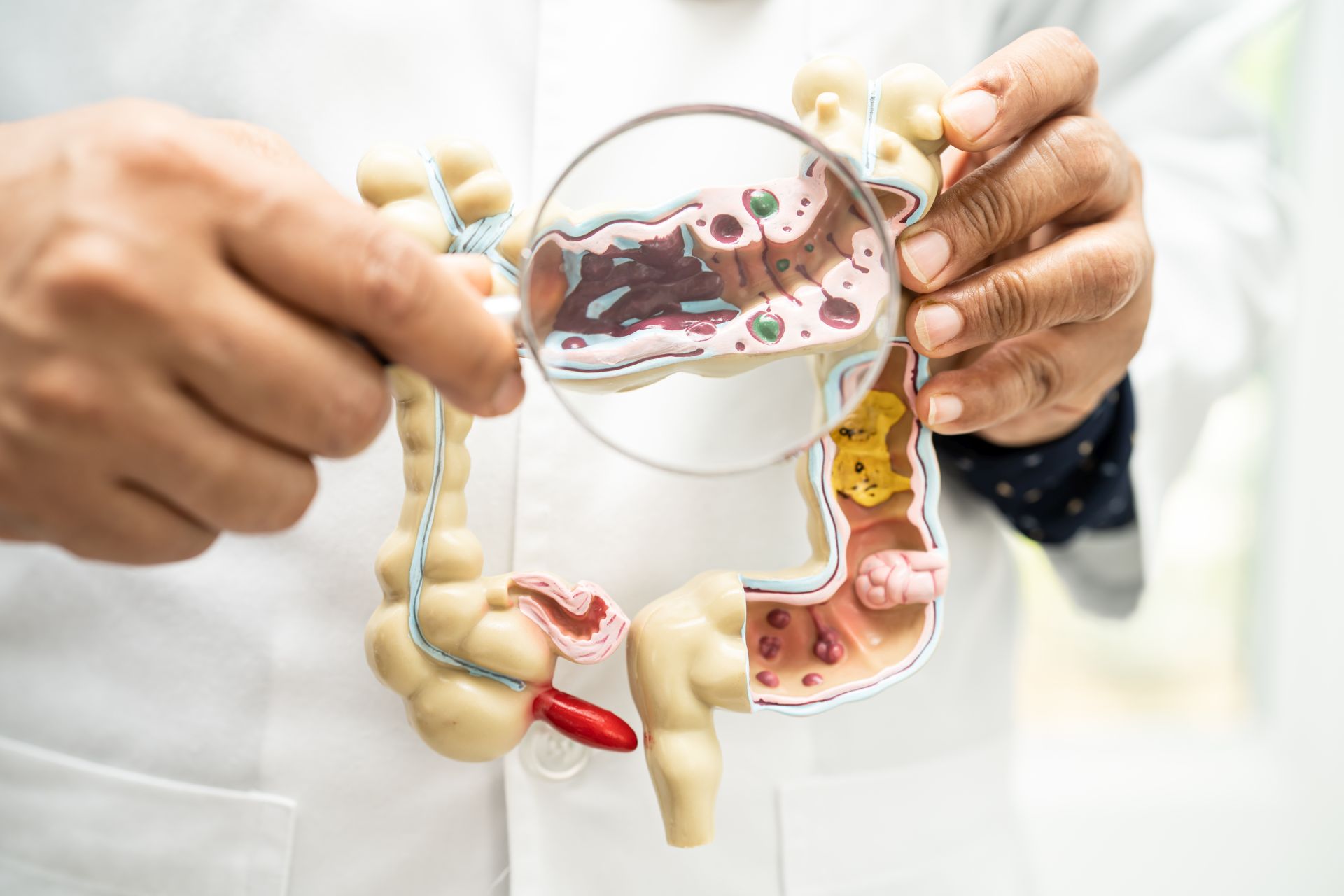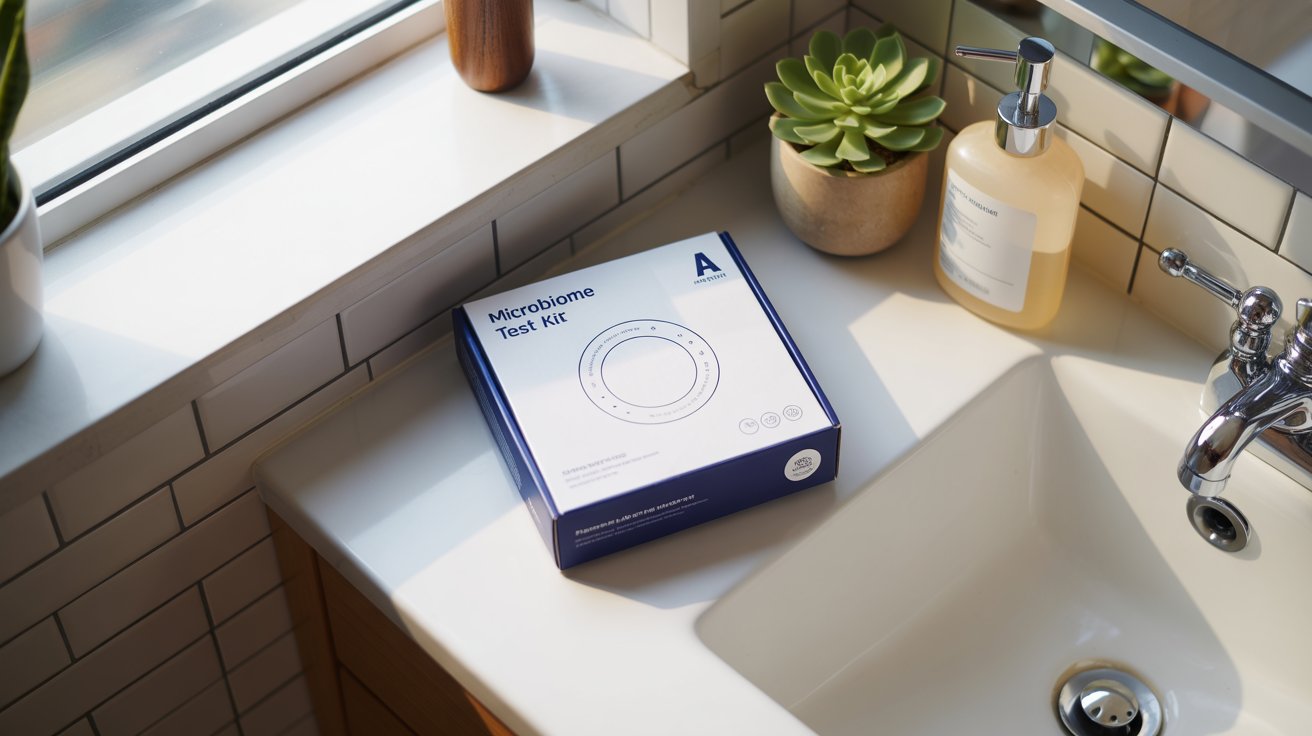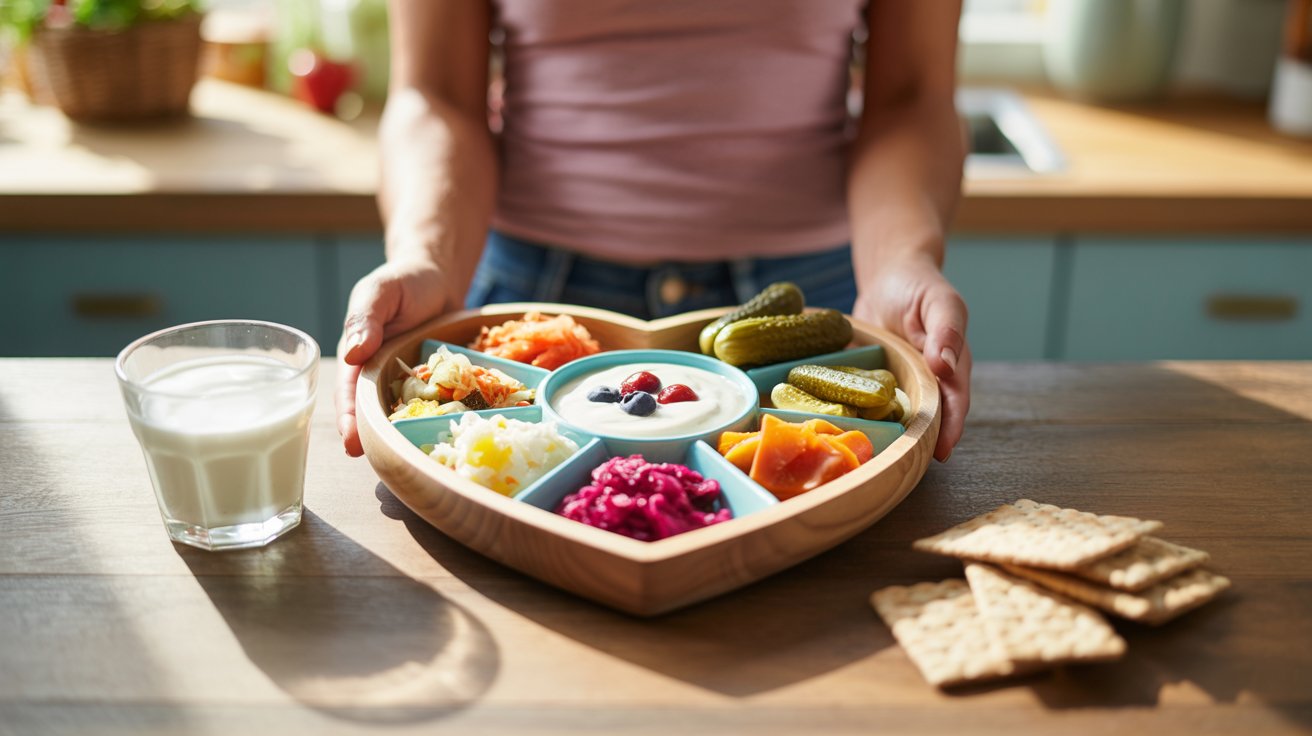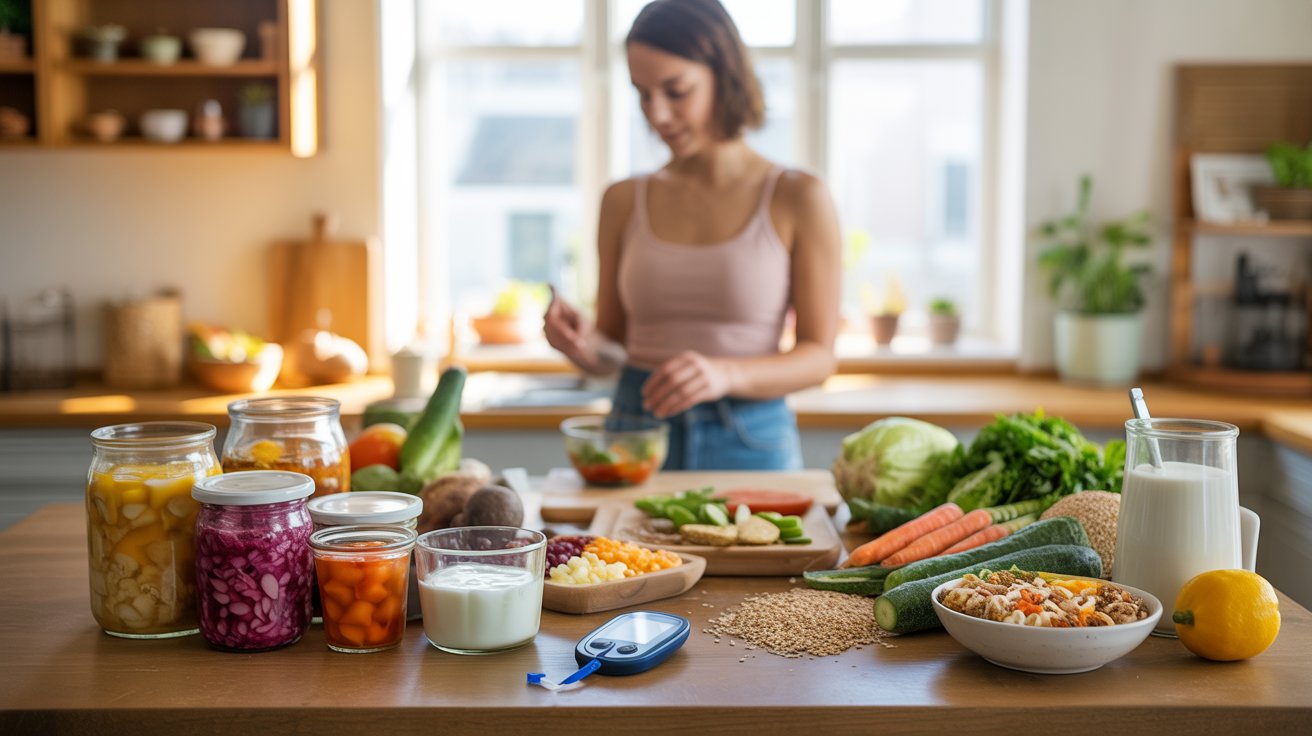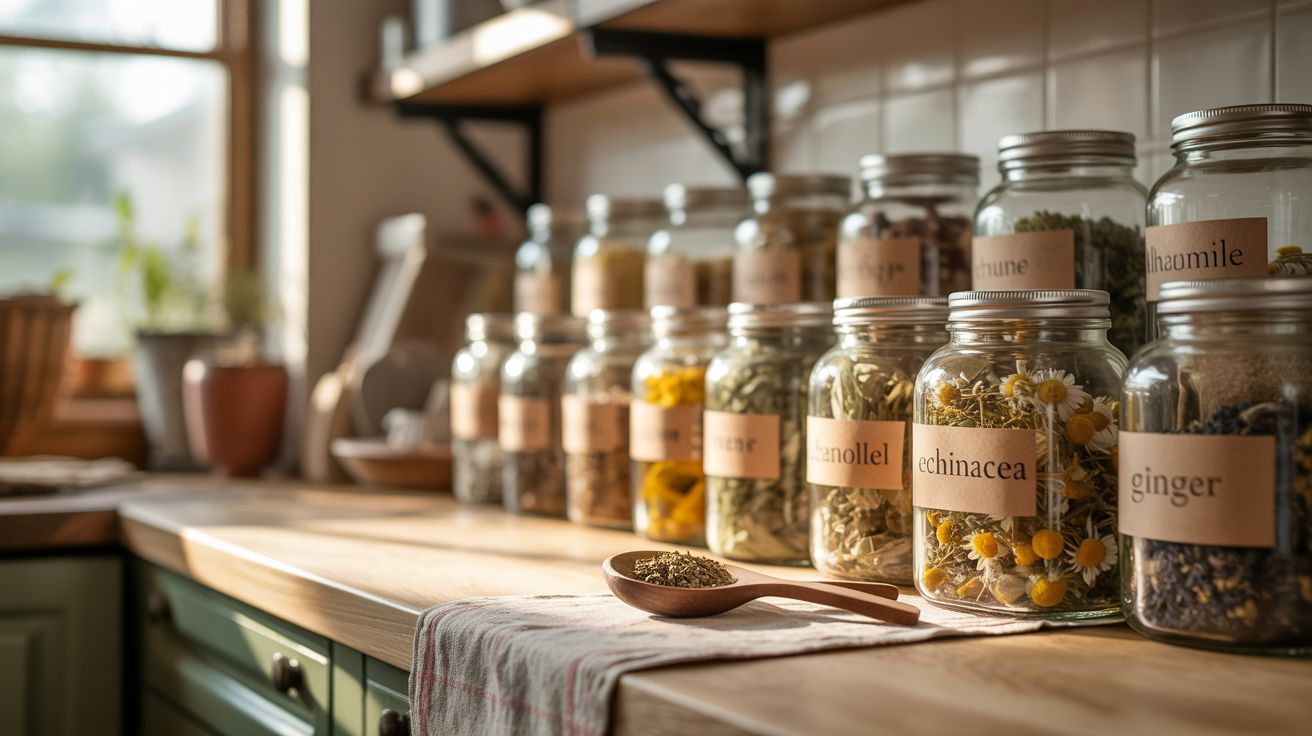You’ve probably heard that prebiotics are great for your gut, but did you know they also help your body actually use the nutrients you eat? It’s true—the impact of prebiotics on absorption of nutrients is one of the most underrated benefits of fiber-rich foods like garlic, onions, and bananas.
While everyone’s chatting about probiotics, prebiotics are quietly pulling strings behind the scenes—feeding the good bacteria, improving your digestion, and helping you get more out of every bite.
Let’s explore how it all works—and how to make it work for you.
What Are Prebiotics, Really?
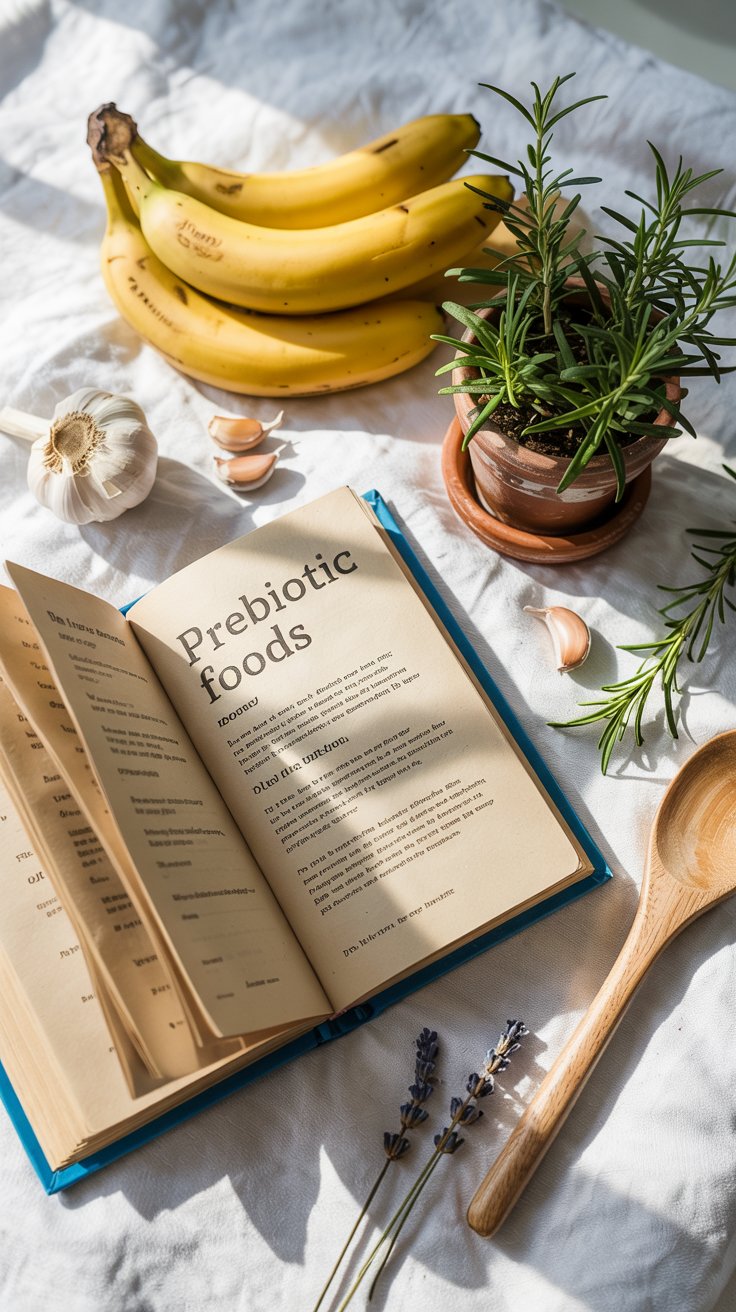
Before we get into nutrient absorption, let’s clear up what prebiotics actually are.
Prebiotics are non-digestible fibers found in certain plant-based foods. Think of them as fertilizer for your gut garden—they feed beneficial bacteria like Bifidobacteria and Lactobacilli, helping them thrive.
But unlike probiotics (which are the bacteria themselves), prebiotics aren’t alive. Instead, they’re carbohydrate compounds (often inulin or oligosaccharides) that resist digestion and reach the colon intact, where they fuel fermentation and microbial growth.
And that’s where the magic begins.
Prebiotics Prime the Gut for Nutrient Absorption
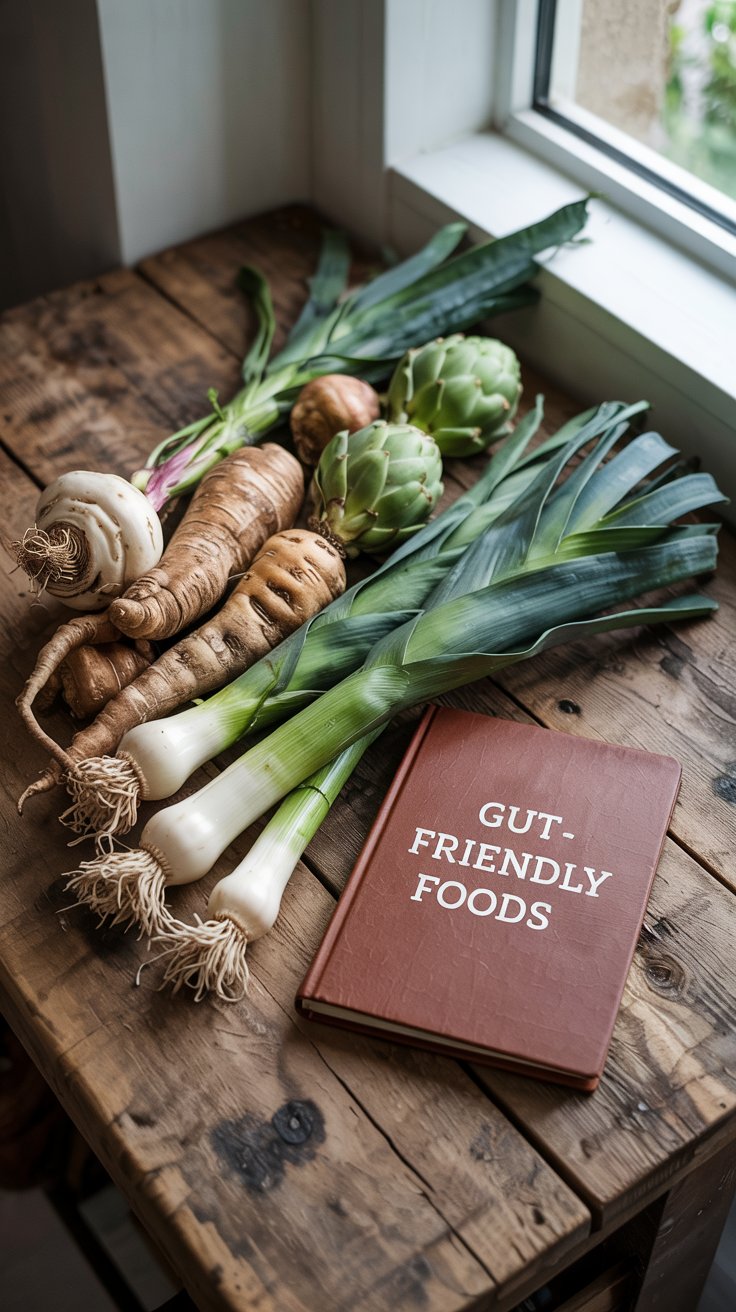
Here’s where things get fascinating. A healthy gut microbiome supported by prebiotics creates an ideal environment for nutrient uptake.
Good bacteria help break down complex foods that our bodies can’t digest on their own. This microbial help makes certain minerals, like calcium, magnesium, and iron, more bioavailable. Basically, prebiotics help unlock the treasure chest of nutrients in your food.
Action tip: Add more inulin-rich foods like chicory root, Jerusalem artichokes, and leeks to your weekly menu to support better mineral absorption.
Fermentation = More Short-Chain Fatty Acids (and That’s a Good Thing)
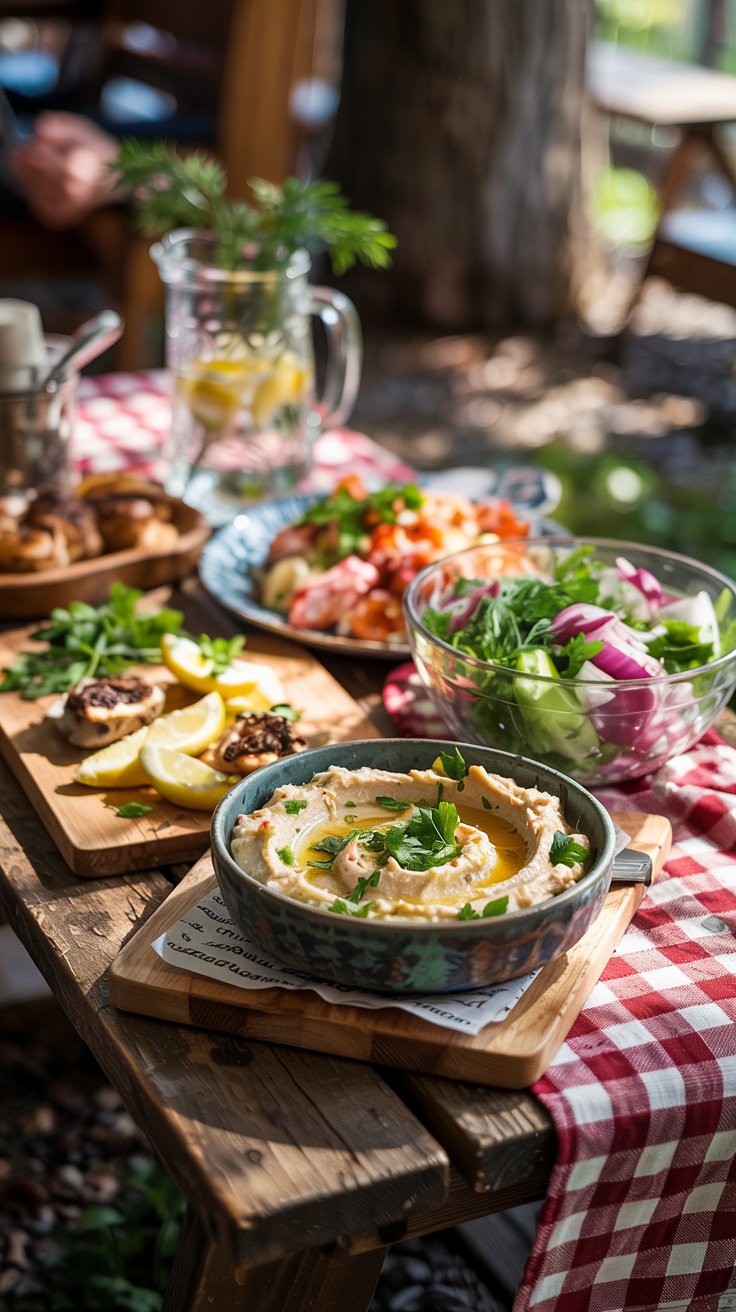
When your gut bacteria ferment prebiotics, they produce short-chain fatty acids (SCFAs) like butyrate, acetate, and propionate. These compounds do more than reduce inflammation—they actually enhance the absorptive function of your intestinal lining.
That means your body becomes better at pulling nutrients—especially B vitamins and minerals—out of your food and into your bloodstream.
Try this: Make a warm roasted garlic hummus or add cold potato salad (a source of resistant starch) to your summer meals for a natural SCFA boost.
Gut Lining Health Matters: Prebiotics Keep It Strong
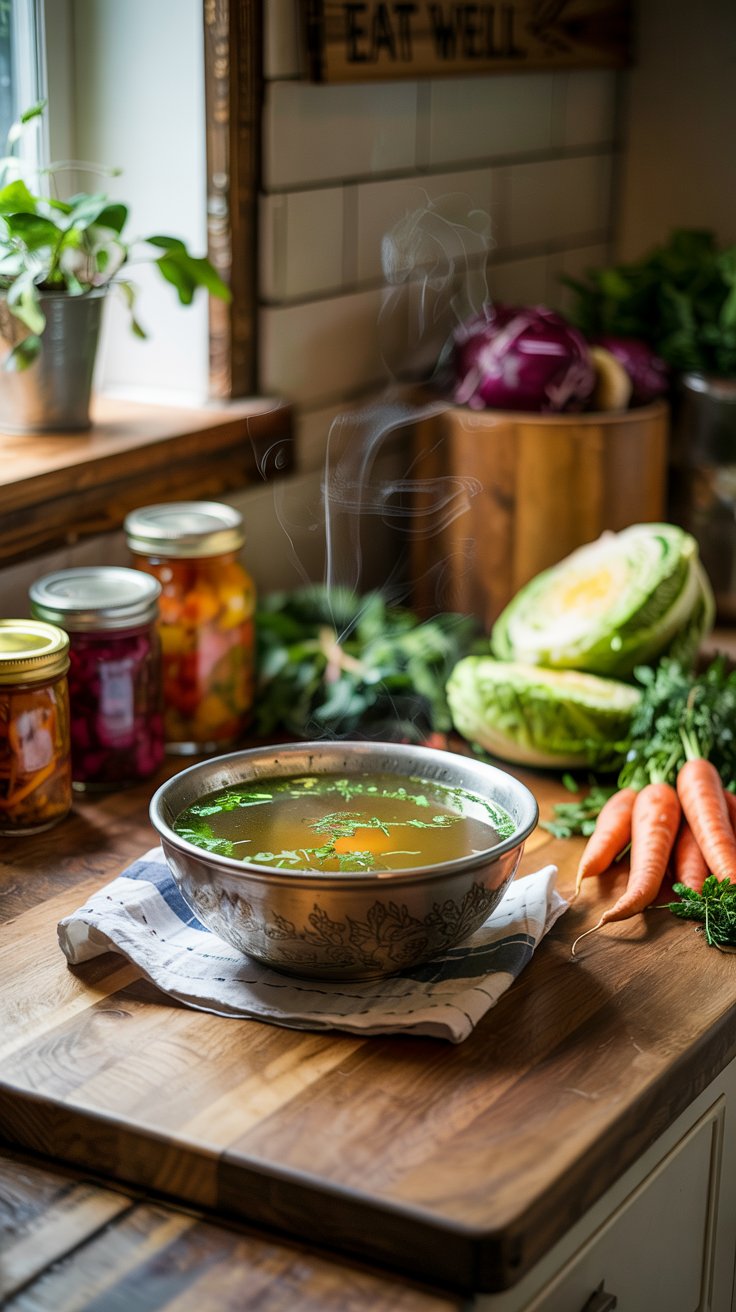
Imagine your gut lining as a high-efficiency filter. When it’s healthy, nutrients pass through easily. When it’s inflamed or leaky, not so much.
Prebiotics help maintain the integrity of the gut barrier. They increase mucus production (yes, that’s a good thing here) and encourage the growth of bacteria that protect and repair your intestinal wall.
A strong gut lining means fewer undigested particles leaking out and more nutrients getting absorbed where they belong.
What to do: Combine prebiotic foods with collagen-rich broths or fermented veggies to support both gut bacteria and barrier health.
Calcium and Magnesium: Prebiotics Boost Mineral Uptake
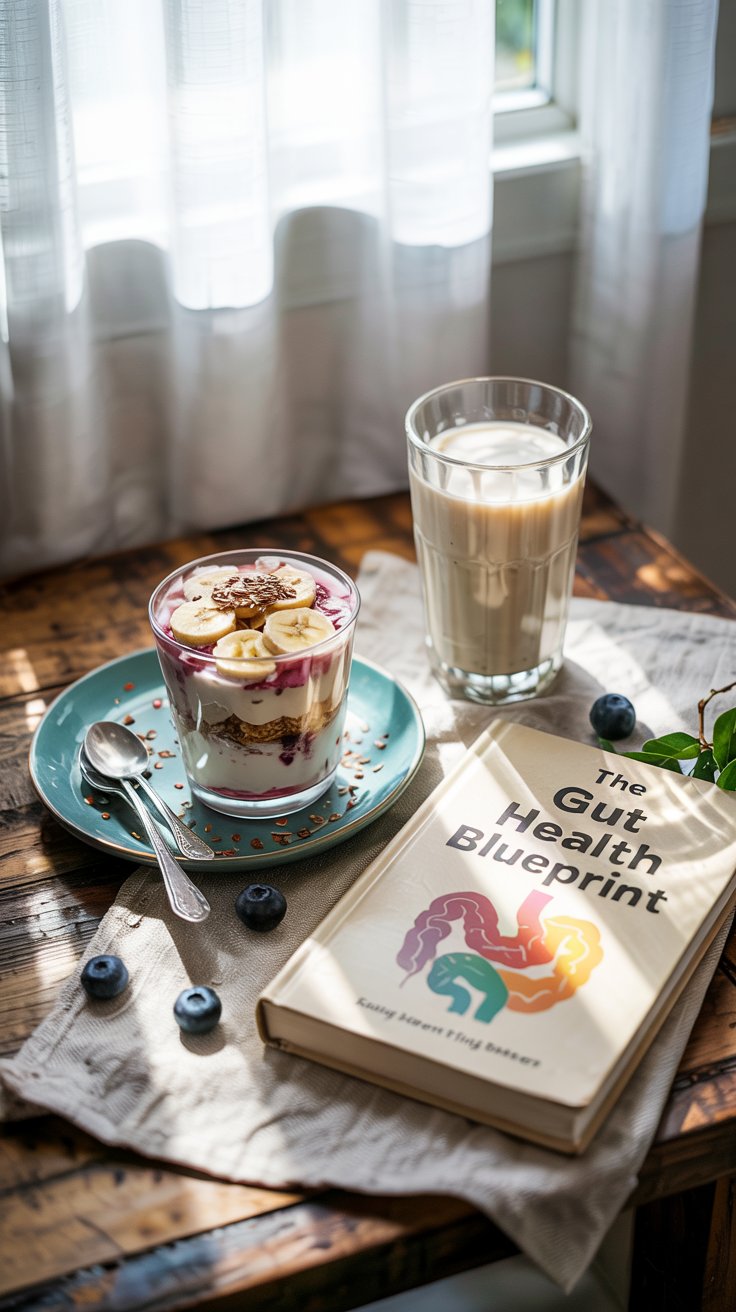
Numerous studies show that prebiotics can increase calcium absorption by up to 20% and improve magnesium uptake too. This is a big deal for bone health, especially as we age.
How? Prebiotics change the pH in your colon, making it more acidic—which is exactly the condition needed for calcium to be absorbed efficiently.
Snack idea: Try a yogurt parfait with sliced bananas (prebiotic), flaxseed, and kefir (probiotic) for a perfect mineral-boosting gut combo.
Iron Absorption and Prebiotics: An Unexpected Benefit
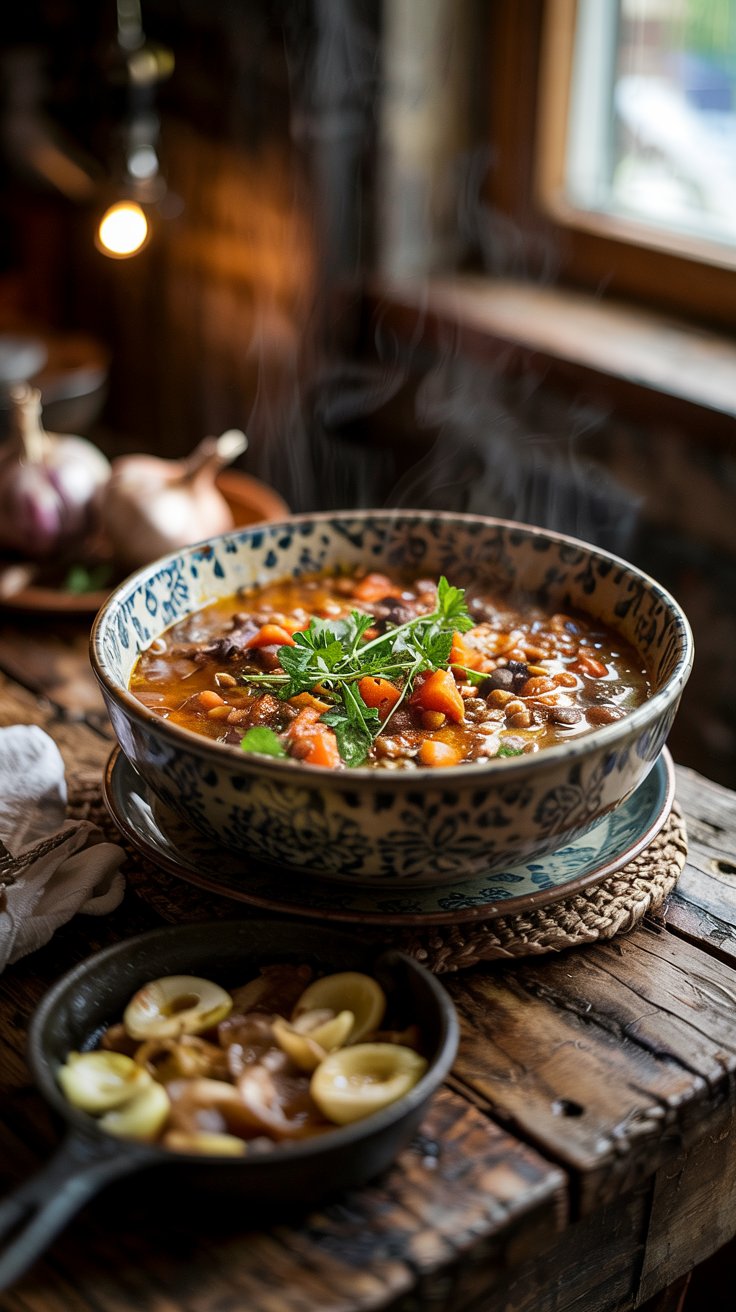
While iron is trickier—especially the non-heme kind from plants—prebiotics still seem to help.
By promoting beneficial bacteria and lowering gut inflammation, prebiotics create an environment where iron is less likely to get blocked by phytates or other inhibitors in plant foods.
Try this: Lentil stew with onions and garlic isn’t just comforting—it’s an iron-rich, prebiotic-powered meal.
How to Get More Prebiotics in Your Diet
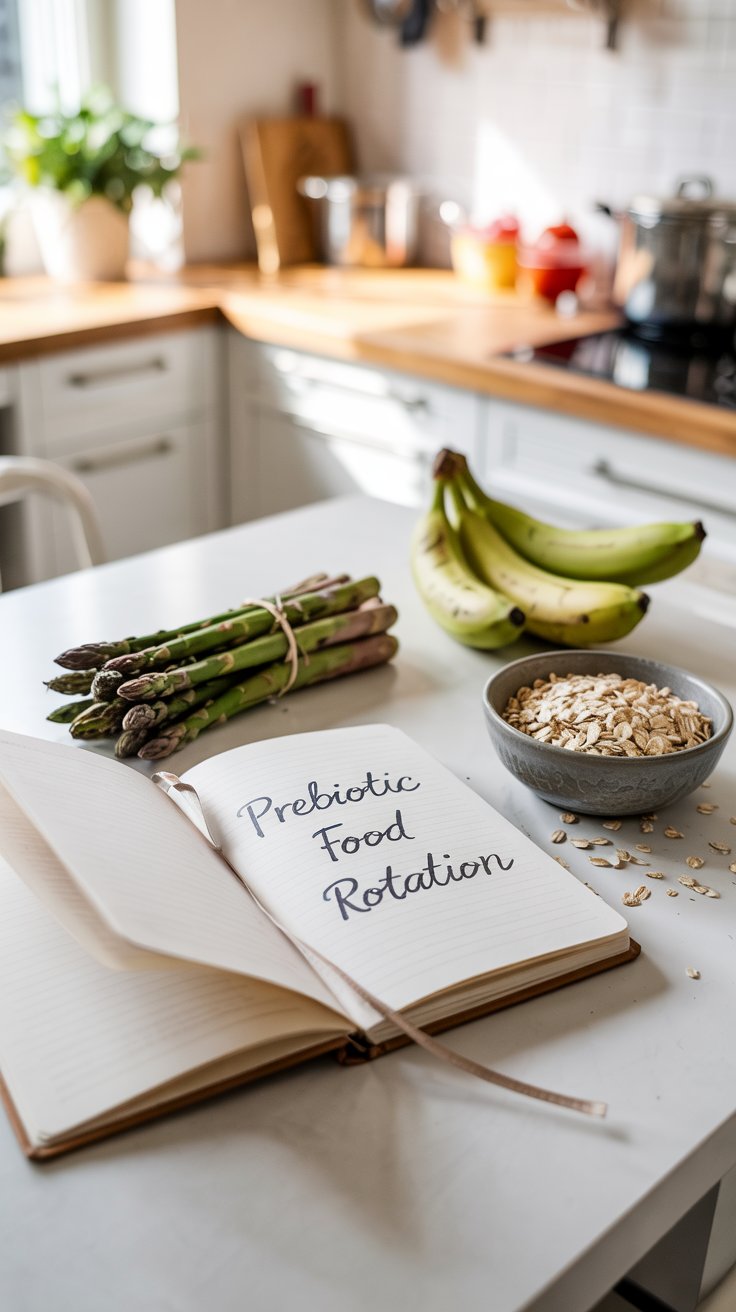
It’s easier than you think to start benefiting from the impact of prebiotics on absorption of nutrients.
- Add raw garlic to salad dressings
- Toss chopped leeks into soup bases
- Munch on green bananas with nut butter
- Stir cooked oats (cooled overnight) into smoothies
- Enjoy asparagus roasted with olive oil
Pro tip: Variety is key. Rotate your prebiotic sources to feed a broader range of gut bacteria.
Prebiotics vs. Probiotics: Why You Need Both
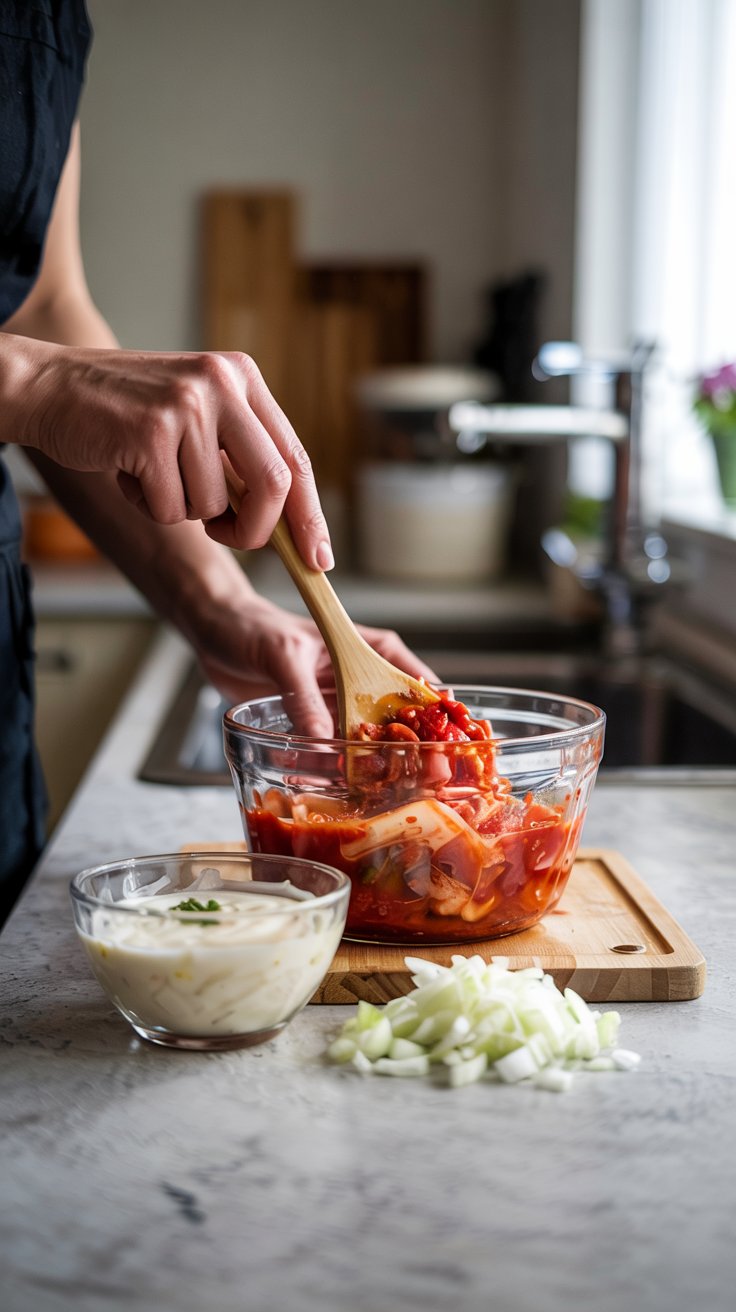
Think of your gut like a thriving village. Probiotics are the helpful citizens, while prebiotics are the food and resources they need to thrive.
Without prebiotics, your probiotics can’t do their job well. And without enough probiotic diversity, your body might not fully absorb or use all the nutrients in your diet.
So it’s not either-or—it’s both, in balance.
Quick fix: Pair prebiotic-rich meals with fermented foods like kimchi, yogurt, or kefir.
The Takeaway: The Real Impact of Prebiotics on Absorption of Nutrients
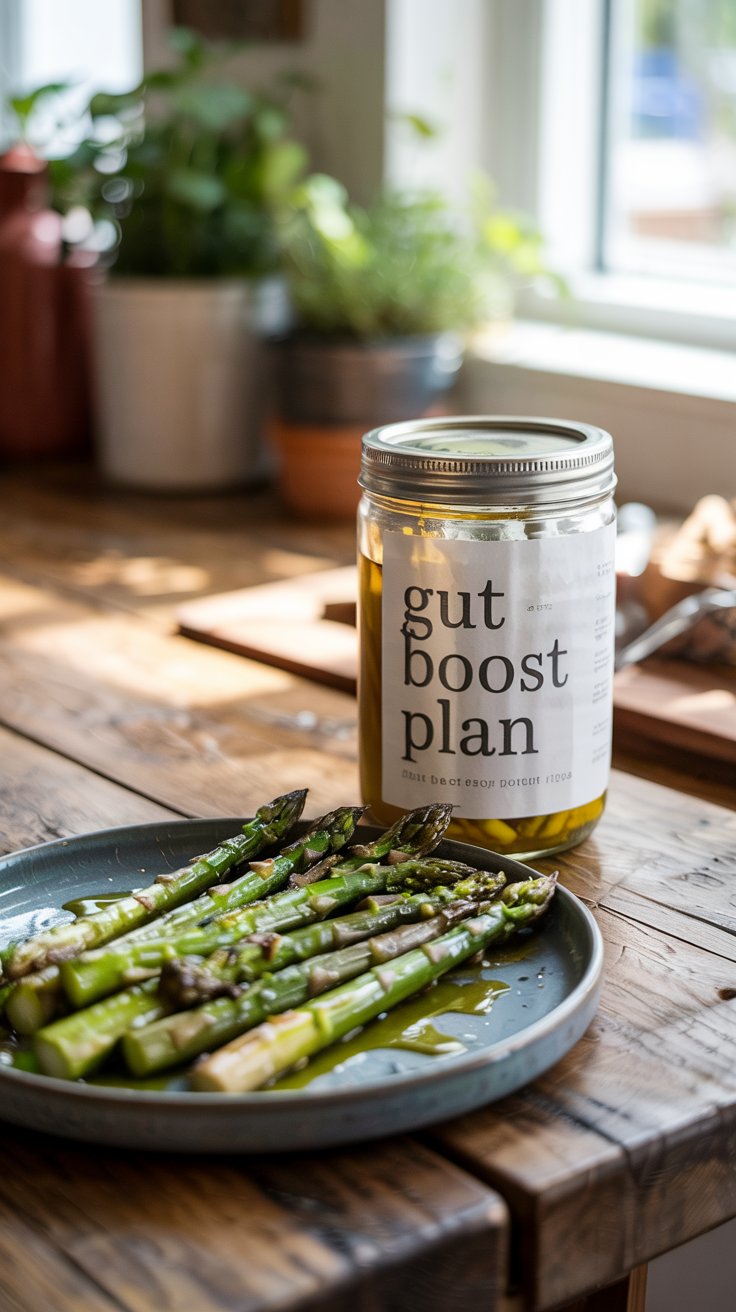
If you’ve been focused only on vitamins and minerals, don’t overlook the delivery system. The impact of prebiotics on absorption of nutrients is quietly powerful, helping your body soak up what it needs, when it needs it.
It’s not about eating more nutrients—it’s about absorbing what you already eat more efficiently.
Start small, go steady, and let your gut bugs do what they do best.

